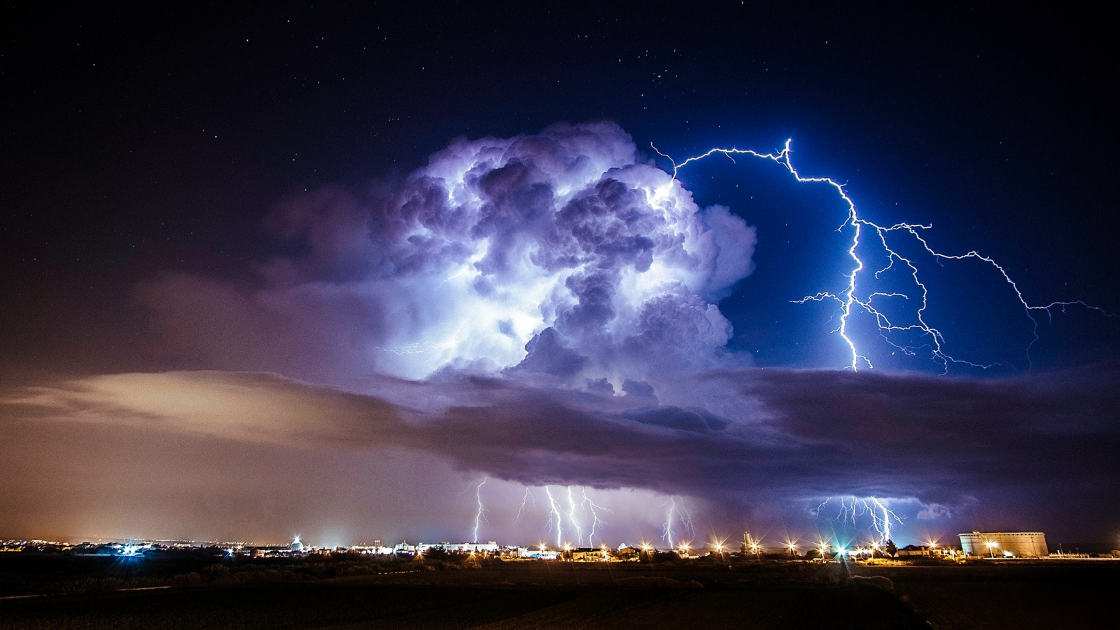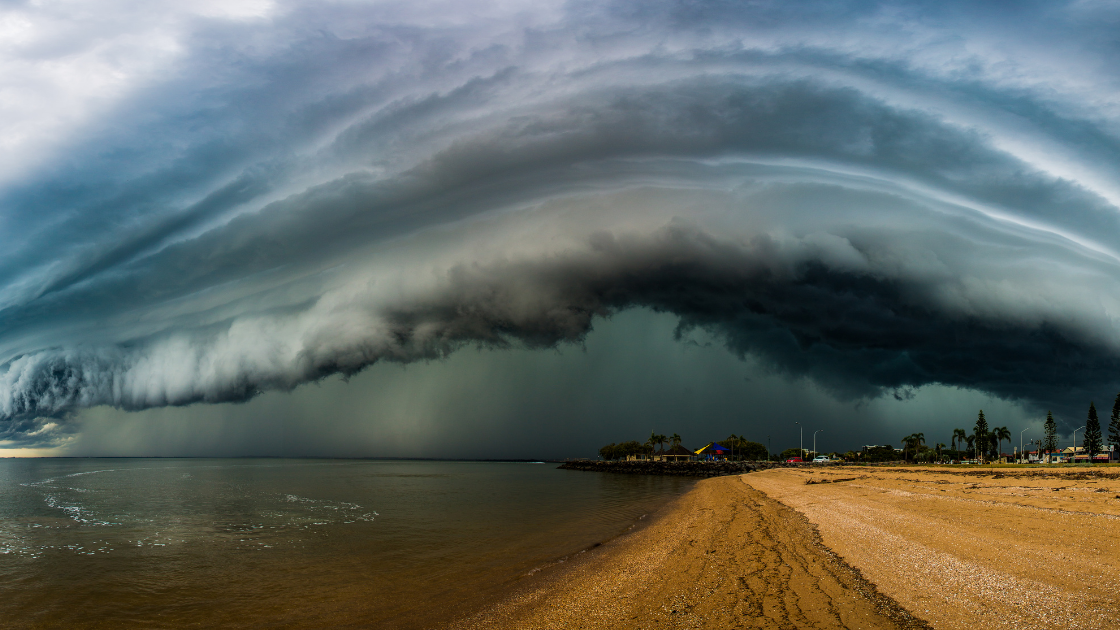Like other things in life, thunderstorms differentiate depending on certain conditions. Sure, we’ve got severe and non-severe storms, but are you aware that there are four different types of thunderstorms?
In their infancy, most thunderstorms start up as high cumulus clouds. wet parcels of air rise, expand, and cool, inflicting these clouds to grow. This creates what we decision an updraft. Often, the white, wispy look of the growing cloud is replaced by a darker shade. This ominous look is water vapor condensing into ice crystals and water droplets that will later fall as rain.
If there’s an updraft, then there must be a downdraft, right? Once the ice crystals and water droplets become heavy enough, gravity takes over and the precipitation begins to fall. As it descends, it forces the surrounding air down with it. This creates the downdraft, transporting cooler, humid air to the surface.
The downdraft is also responsible for what helps weaken a storm. As the downdraft becomes stronger, it eventually overtakes the updraft, leading to the thunderstorm’s demise. If that warm, moist air can no longer rise, the entire process stops and what once was a dangerous storm, becomes a cloud with light rain that gradually dissipates.
Now let’s break down the four different types of thunderstorms.
Types of Thunderstorms

Singe-Cell Thunderstorms:
Single-Cell Thunderstorms are pulse storms. As with all thunderstorms, they are formed in areas of high humidity. They barely last an hour but can create severe hail and weak tornadoes.

Multi-Cell Thunderstorms:
Multi-Cell Thunderstorms consist of a group of single-cell thunderstorms at different stages of their life. They make everyone aware of their presence by lightening. There are two different sub-types of multi-cell thunderstorms:
Multi-Cell Line Storms – Consist of a line of squalls leading the front.
Multi-Cell Cluster Storms – Can produce moderate sized hail, flash floods, and weak tornadoes.

Super-Cell Storms:
Super-Cell Storms are the most severe type of thunderstorm. They can produce strong downbursts, large hail, and occasional flash floods.
Contact Us
Call or submit our online form to request an estimate or for general questions about our services. We look forward to serving you!

